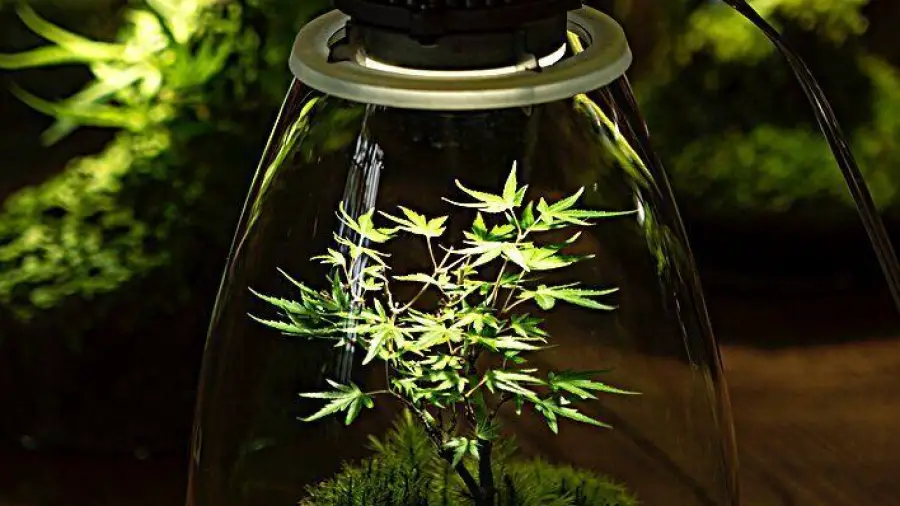Bonsai gardening is a rewarding and enjoyable hobby that can be practiced by anyone. But, before you start, there are a few things to keep in mind to ensure your success. Follow these 10 tips to get started:
Table of Contents
- 1. Choose the Right Location
- 2. Select the Right Soil
- 3. Select the Right Container
- 4. Water Regularly
- 5. Fertilize Properly
- 6. Prune Regularly
- 7. Repot When Necessary
- 8. Protect Your Bonsai from Pests and Diseases
- 9. Learn from Others
- 10. Be Patient
1. Choose the Right Location
Bonsai plants require adequate sunlight and humidity to thrive. So, it’s important to select a location that receives at least 6 hours of sunlight each day and has good air circulation. Avoid placing your bonsai in areas with extreme temperatures or in direct sunlight.

2. Select the Right Soil
Bonsai plants need well-draining soil to prevent root rot. Choose soil that is specifically designed for bonsai plants, or mix your own using coarse sand, perlite, and peat moss. It’s important to note that different species of bonsai may require different types of soil.
3. Select the Right Container
Choosing the right container is essential for the growth and development of your bonsai plant. The container should be appropriate for the size and style of your bonsai plant and have drainage holes at the bottom. Avoid using containers that are too deep or too shallow for your plant.
4. Water Regularly
Bonsai plants require consistent watering to keep them healthy. Check the soil regularly and water when it feels dry to the touch. Avoid overwatering, as this can lead to root rot. It’s also important to water your bonsai plant from the top to prevent soil erosion.
5. Fertilize Properly
To maintain the health and vigor of your bonsai plant, regular fertilization is necessary. Use a balanced fertilizer during the growing season, and switch to a low-nitrogen fertilizer during the dormant season. It’s important to follow the manufacturer’s instructions for the proper application of fertilizer.

6. Prune Regularly
Pruning is essential to maintain the shape and size of your bonsai plant. Use sharp, clean pruning shears to remove any dead or diseased branches, and to shape the plant as desired. It’s important to note that pruning should be done during the plant’s dormant season.
7. Repot When Necessary
Bonsai plants should be repotted every 2-3 years, or when the roots have filled the container. This helps prevent root-bound plants and promotes healthy growth. Repotting should be done during the plant’s dormant season.
8. Protect Your Bonsai from Pests and Diseases
Bonsai plants are vulnerable to pests and diseases just like any other plant. Common pests include spider mites and aphids. Keep an eye out for signs of infestation and take steps to prevent and treat them. Keeping your bonsai plant clean and healthy can help prevent disease.

9. Learn from Others
Joining a bonsai club or attending workshops and seminars can be a great way to learn from other bonsai enthusiasts. This can provide valuable tips and advice on growing and caring for your bonsai plants. Additionally, joining a club can provide opportunities to display your plants and receive feedback from others.
10. Be Patient
Growing and shaping bonsai plants takes time and patience. Enjoy the process, and don’t be afraid to experiment with different styles and techniques. Remember that bonsai gardening is a lifelong journey of learning and discovery.

In summary, bonsai care is a continuous process that requires attention and care. With proper watering, fertilizing, pruning, repotting, and protection from pests and diseases, your bonsai can thrive and bring you joy for years to come.
By following these 10 tips, you’ll be well on your way to starting your own successful bonsai garden. Remember to select the right location, soil, and container for your bonsai plant, and to water, fertilize, prune, and repot your plant as needed.
